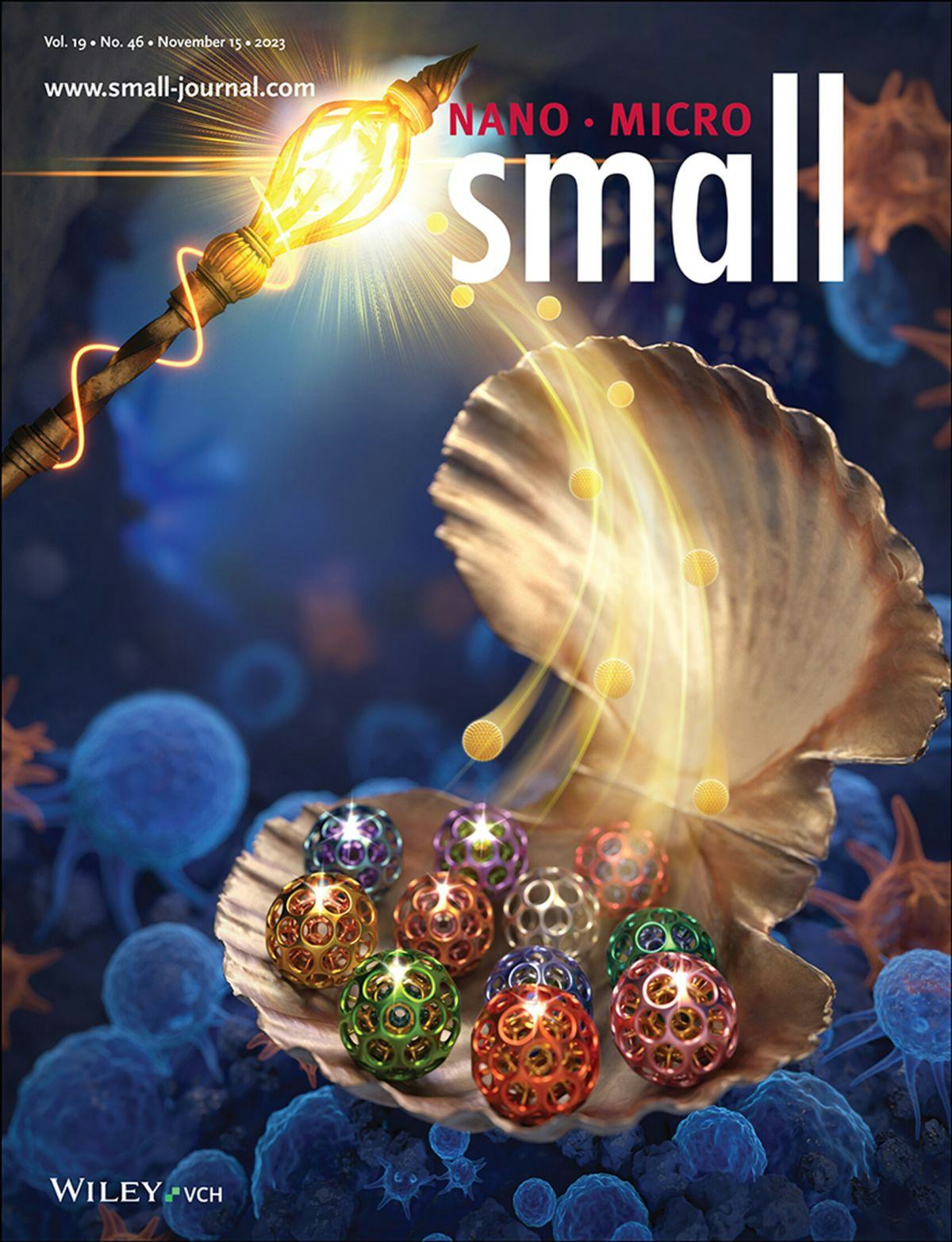Stevens Researchers are Laying the Foundation for Healthcare Breakthroughs
Scientific journals cover advances with the potential to make a meaningful difference in biomedicine
Building a better future for humanity through innovation and technology is the goal of every researcher at Stevens Institute of Technology. Recently, several Stevens research leaders have been selected to have their work featured in distinguished scientific journals, furthering the impact of their pioneering studies.
In October 2023, Chemistry: A European Journal published a paper written by Yong Zhang, professor, and Abhishek Sharma, associate professor, both from the Department of Chemistry and Chemical Biology, as well as colleagues within both Stevens and at the University of North Carolina in Wilmington.
The article details the process and results of the group’s study on boron-based molecules, called the “Generation and Application of Homoallylic alpha, alpha-Diboryl Radicals via Diboron-Promoted Ring-Opening of Vinyl Cyclopropanes: cis-Diastereoselective Borylative Cycloaddition.“
It’s an important advance in opening up access to new types of molecules that could be useful in biomedicine , particularly for people who need medical therapies. Molecules containing boron atoms (also known as “organoborons”) are among the most common building blocks for the preparation of larger, more complex chemical structures found in drugs, agrochemicals, polymers and natural products. Organoborons are also structural components of Food and Drug Administration (FDA)-approved anticancer and antifungal drugs. But challenges still exist in maximizing their impact.
“There has been remarkable progress in making and using these organoborons,” Sharma explained. “But most current organoboron-based technologies allow only for the creation of flat molecular units, not the three-dimensionally branched molecular structures that allow drugs to bind to the disease-relevant enzyme or proteins.”
Sharma, Zhang and their research partners developed a novel chemical synthesis method that opened user-friendly access to a rare class of organoborons called vinyl cyclopropyl diborons, or VCPDBs. They then programmed the VCPDBs to undergo multi-step chemical reactions that resulted in a larger, pentagon-shaped, three-dimensionally branched cyclic structure — exactly what’s needed as the core frameworks of many biologically active molecules and drugs.
The paper also included computational and detailed structural characterization studies to foster a better understanding of how this chemical reaction works and why it yields this specific structure.
“We’re excited to have reported the first user-friendly synthetic route to VCPDB, as well as its application to construct other high-value chemical building blocks,” Sharma noted. “VCPDBs are expected to enable access to other types of molecules with applications in medicinal chemistry and chemical biology. We are continuing to further develop VCPDBs and other types of novel organoborons and showcase their applications in drug discovery.”
The high-impact journal small has also published Zhang’s collaborative research paper describing "Liposome-templated Green Synthesis of Mesoporous Metal Nanostructures with Universal Composition for Biomedical Application," which was featured as a cover story in a 2023 November issue. The project was conducted with Hongjun Wang, professor in the Department of Biomedical Engineering, and external partners.
Using liposomes, the basic structures in cell membranes, as templates, the team uncovered a new way to support the formation of large metallic nanostructures (systems that are greater than 25 nanometers in size) in a controllable fashion.
“Porous noble metal nanoparticles have unique functions in biomedicine,” Zhang noted. “When the pores are larger than 25 nanometers, these novel systems exhibit strong photothermal effects, catalytic activities, and high drug-loading capacity with the potential to support biomedical applications.”
Limited progress has been made in synthesizing such unique nanostructures, but Zhang’s research team and collaborators are aiming to change that. They used computational quantum molecular modeling to determine that placinging positively charged metallic ions among liposome interfaces could increase the liposomes’ binding affinity by more than 70% on average — making them more available for biomedical purposes.
“This study not only explains the experimental phenomena, but also provides an interesting molecular mechanism for the rational design and cost-effective computational evaluation of how we could synthesize these large metal nanostructures to support versatile biomedical applications,” Zhang said.

